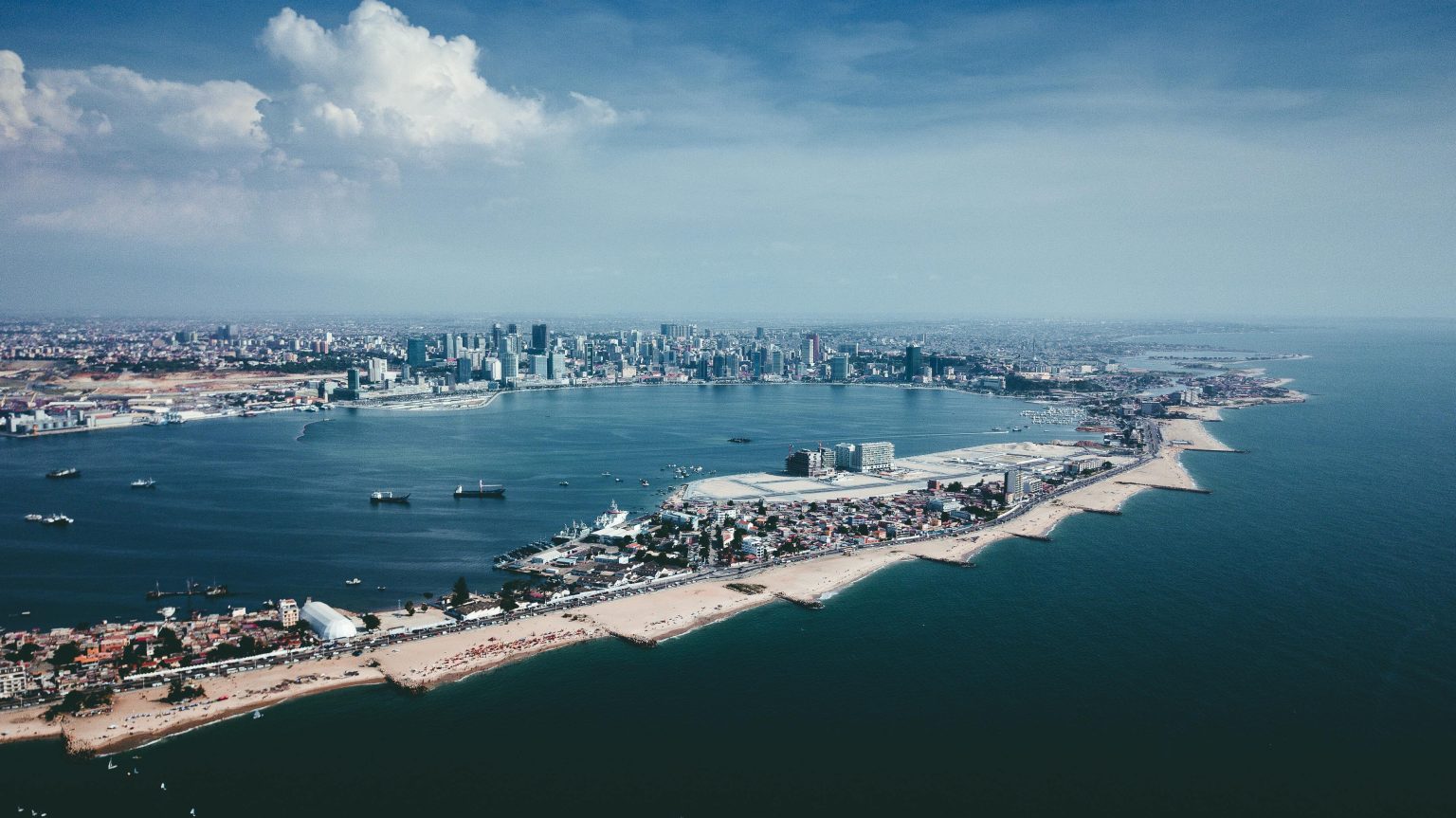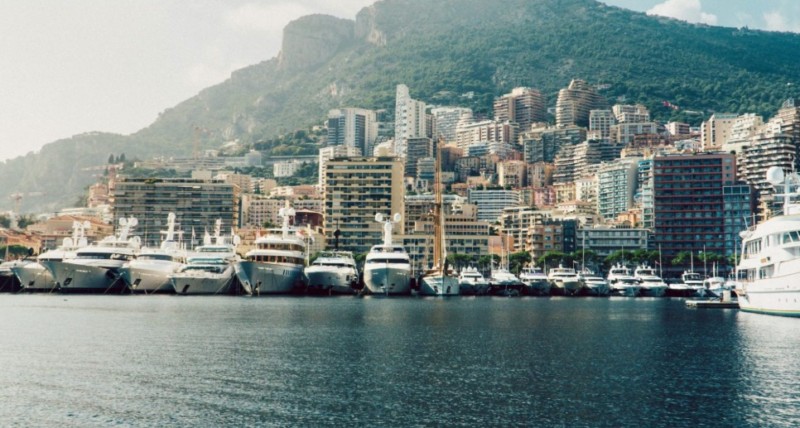In a major boost for global conservation, UNESCO has announced the designation of 26 new biosphere reserves across 21 countries, marking the largest expansion of the Man and the Biosphere (MAB) program in two decades. The announcement was made at the 5th World Congress of Biosphere Reserves in Hangzhou, China, bringing the total to 785 protected sites across 142 countries.
Among the most notable designations is that of São Tomé and Príncipe, which becomes the first entire country recognized as a biosphere reserve. The small African archipelago, spanning 1,130 square kilometers, features volcanic peaks, tropical forests, and farmland that form part of the Congo Basin ecosystem.
Six countries received this status for the first time — Angola, Djibouti, Equatorial Guinea, Iceland, Oman, and Tajikistan. In India, the Cold Desert Biosphere Reserve in Himachal Pradesh was added as the country’s 13th biosphere site, covering 7,770 square kilometers of high-altitude ecosystems home to snow leopards and around 12,000 traditional herders.
Another major milestone is the inclusion of Raja Ampat in Indonesia, a marine archipelago within the Coral Triangle, considered the world’s greatest hotspot of marine biodiversity. Hosting over 75% of the world’s coral species, 1,320 species of reef fish, and five endangered sea turtle species, Raja Ampat is now one of the most precious enclaves within UNESCO’s global network.
Climate Urgency and Human Pressure
The expansion responds to the growing threats of climate change and biodiversity loss. According to UNESCO, more than 60% of biosphere reserves are already experiencing extreme weather events — from heatwaves and droughts to rising sea levels.
António Abreu, Director of UNESCO’s Biosphere Reserve Programme, emphasized that environmental protection must go hand in hand with community well-being:
“Conservation only makes sense if the people who live in these areas can continue to thrive,” he stated.
In several of the new reserves, local residents played a key role in identifying unknown species and restoring degraded ecosystems. Since 2018, the program has added over one million square kilometers of protected areas — roughly the size of Bolivia. However, human pressure remains a major challenge.
In Nigeria, for instance, the Omo Forest Reserve, already part of the network, faces growing threats as cocoa cultivation encroaches on the habitat of the critically endangered African forest elephant.
Geopolitical tensions add to the complexity. As the network expands, the United States — currently home to 47 biosphere reserves — announced its withdrawal from UNESCO by December 2026 under the Trump administration, raising concerns about the future of international conservation cooperation.
What the New Designations Mean
Each new biosphere reserve represents more than a protected zone — they are “living laboratories” where a balance between nature conservation and human development is sought. The sites serve a dual purpose: protecting ecosystems and species, while promoting sustainable livelihoods for local communities.
In India’s Cold Desert, the designation highlights a region of ancient pastoral traditions and resilient mountain ecosystems now threatened by glacial retreat and water scarcity.
In Raja Ampat, the recognition strengthens the protection of a vital marine biodiversity hotspot — essential for artisanal fisheries, ecotourism, and local food security — while helping to curb the impact of mass tourism and industrial fishing.
The declaration of São Tomé and Príncipe as a biosphere reserve for the entire nation carries strong symbolic and strategic value. The whole island system now serves as a global model for integrating conservation and sustainable development, from agriculture to tourism — reflecting a broader shift toward making sustainability a national project rather than a localized effort.
Conservation as a Vision for the Future
The creation of these 26 new biosphere reserves comes at a critical time, as the global community seeks to accelerate climate action and meet the UN Sustainable Development Goals (SDGs) by 2030. Experts warn that the planet can no longer afford the current pace of natural habitat loss — and that biodiversity protection is inseparable from economic and social stability.
The challenge lies in implementation. While the reserves carry international recognition, their day-to-day management depends on national governments and local cooperation. As cases like Nigeria show, designation alone is not enough: effective management plans, adequate funding, and continuous monitoring are essential.
Still, the network’s expansion sends a powerful message:
In a world threatened by deforestation, urbanization, and overexploitation, it remains possible to act — to commit to conservation and create spaces of hope.
As UNESCO highlights, each new biosphere reserve is also an invitation to rethink humanity’s relationship with the planet.




